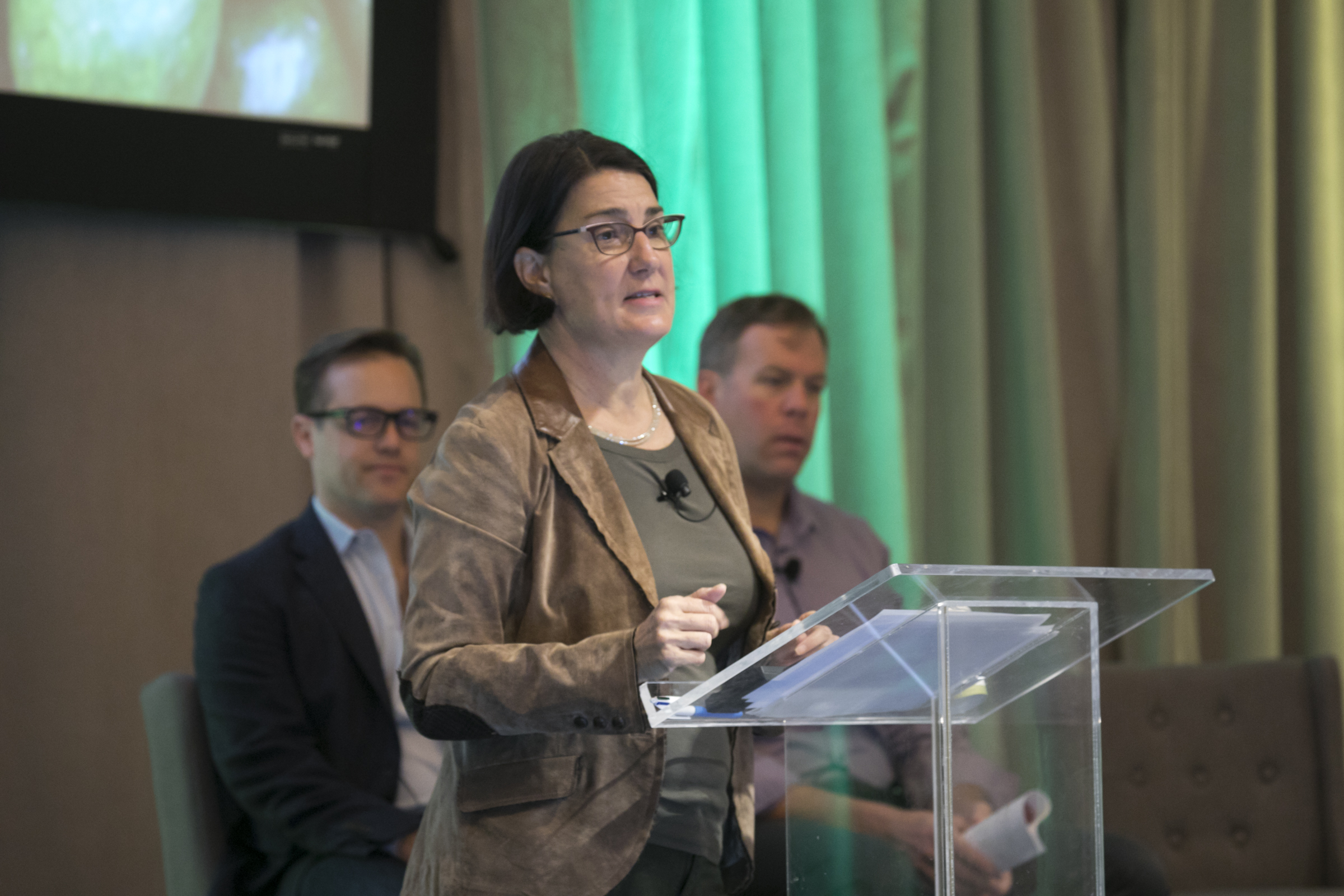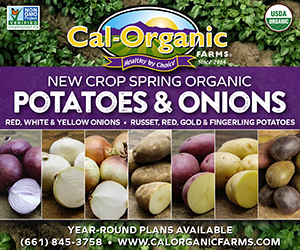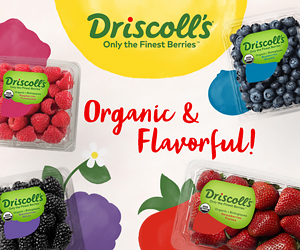Both raw data and a study on consumer attitudes indicate sales of organic fresh food continues to be robust and a trend that has staying power.
This was the takeaway from an educational session, “Organic Date Dive: A Look at the Numbers Driving Decisions on the Farm, “ held during the 2018 Organic Grower Summit. Brian Lechner of Nielsen revealed retail scan data that shows organic produce sales continue to grow, while Laura Batcha of the Organic Trade Association reported on consumer research commissioned by OTA that also paints a bright picture for organic produce.
Lechner said organics represent about 14 percent of dollar sales in the produce department, which is driving growth in the overall produce category. He also noted that there is organic growth in center store with frozen fruit and baby food. In fact, Lechner said 26 percent of all baby food is organic.
And it is the “Mindful Mom” that is fueling that growth. Lechner defined the demographic as females with college degrees, living in urban settings and with kids under the age of six.
Nielsen data also highlighted produce items with the greatest growth in the organic sector. That group includes blueberries, apples, bananas, mushrooms and bagged salads. These items also represent the top volume items in the department.
The scan data shows that organic produce is typically priced about 20 percent higher than conventional produce with premiums as high as 100 percent. While some consumers are price conscious, Lechner said the “Mindful Mom” and millennials are very committed to buying organics and are not particularly price sensitive.

Brian Lechner of Nielsen
Because millennials are moving further into adulthood and starting to settle down and have children, Lechner said it appears that the growth of organic sales will have a “tailwind for the future.”
Batcha weighed in by relaying the results of a study looking at the attitudes of consumers. She said a number of factors – including politics and weather calamities – have the general public on edge with a high level of anxiety. History shows that this type of behavior is usually exhibited in times of an economic recession. That is not currently in play but consumers “are still behaving like we are in a recession,” she said.

Laura Batcha of the Organic Trade Association
Batcha said shoppers are in a “stall period”, which is characterized by a heightened distrust of institutions and corporations and increased awareness of “safe harbors.” Interestingly, these consumers still have a high regard for USDA’s organic seal, even though it is a government-regulated program. She said consumers are looking for what they do trust and the organic value proposition plays well to this mindset.
She said consumers value locally grown, clean brands, seasonal products and sustainability. Each of these “influencers” are connected to organics, which is helping to drive current growth. Batcha said on macro level, it also appears that the trend is here to stay.
The OTA executive also reported on a poll that the organization gave to 1200 of its social media followers. Because this group has self-connected with OTA, there is the assumption that they are already invested in the use of organic product. Nonetheless, Batcha said their connection to the category is worth exploring. In one question, the group was asked to choose three words of their own making to describe organics. Topping the word cloud created from this exercise were such entries as safe, delicious, nutritious, fresh, clean and better.
The survey also questioned the consumers on their organic buying habits. Thirty-five percent noted that they are not price sensitive and are willing to pay whatever it takes to buy organic products. At the other end of the spectrum, three percent noted that they will not pay any premium for an organic product. For the 62 percent that will pay more for an organic product but are price conscious, a 20 percent premium appears to be the sweet spot before sales start to decline.
One more interesting statistic that came from the OTA poll: when an organic produce item on the shopping list is not available, 40 percent of these organic-centric consumers will buy the conventional counterpart; a majority 60 percent will try to substitute with an organic item.






